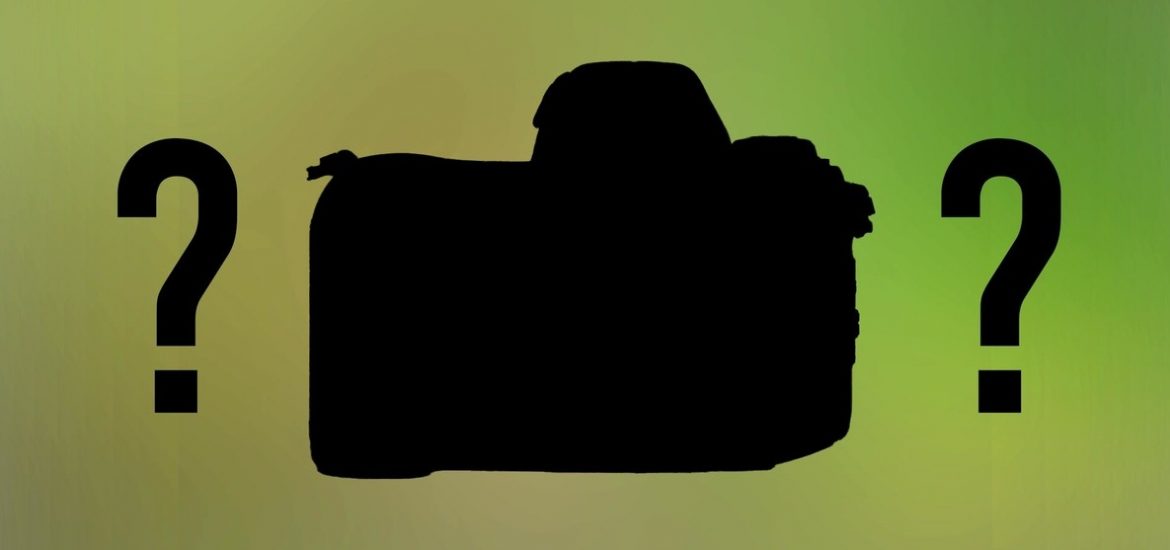
There are literally thousands and thousands of 35mm film cameras that have been produced over the last 100 years or so, and more are being manufactured even now. However, there’s one camera that sits at the top of the tree, at least for me.
The sheer number of 35mm film cameras is astounding. Thousands of brands and models have been made over multiple decades, and there are still new ones being manufactured to this day by companies like Lomography and Leica. They offered more affordable film cameras to the masses while maintaining a high degree of precision and accuracy in image capture.
Though some were big and bulky, there have been many variants that slip easily into the pocket. With such a wide range of 35mm flavors, it’s probably impossible to pick the best 35mm film camera in the world. That’s why I have to get subjective in my pick of the best 35mm film camera ever made, because it’s what is perfect to me. I know a lot of others will agree with me and many more will disagree entirely, but this is my two cents.
The Nikon F100
Like many 35mm film cameras, you can only pick up the Nikon F100 secondhand, as it was introduced in 1999 with a production run of seven years, ending in 2006 alongside many other Nikon film cameras. As digital started to slip into the camera market in the early to mid-2000s, film cameras were slowly phased out, and I believe that this period was the peak for 35mm film cameras, especially in the SLR range, because of modern manufacturing techniques and engineering refinement throughout decades of production. It’s easy to forget that 35mm cameras have still been manufactured for many decades longer than any digital counterpart, and so, the engineering involved in these cameras was absolutely top-notch.
F100 Benefits
The F100 was a high-end 35mm SLR camera, and as such, it was a little bigger than other types of 35mm cameras, (though certainly not the biggest). Compared to many of today’s DSLRs, though, it will sit happily in a camera bag with no extra room required; in fact, it is slightly thinner than most modern DSLRs. Thanks to its compact magnesium body, it weighs in at 785 g without batteries and so will carry well, making it ideal for landscape, portraits, travel, and just about any other kind of work you need to do.
It’ll keep up with you as well, with Programmed Auto, Aperture-priority, Shutter-priority, and Manual modes being your main port of call. This makes it easy for beginners to get stuck in with the semi-automatic modes while maintaining the pro-level handling with manual mode for those more experienced. Although originally aimed at professional users, beginners will also find this camera accessible and easy to get good exposures thanks to its 10-segment Matrix metering system.
One of the big differences I found between DSLRs and the F100 is the amount of space in the viewfinder. It’s not the largest optical viewfinder in the world, sitting only at 0.76x magnification, but it feels spacious, airy, and bright. It really allows me to connect with my scene and subject matter much more intimately. I cannot stress how much this changes the shooting experience; you’re actually able to look around the scene with the same precision as the naked eye.
The F100 uses the Multi-CAM1300 AF system as seen in its bigger brother, the F5, which gives the F100 the ability to choose between five autofocus points, and utilizes TTL phase detection autofocus for fast focusing and super-sharp results. Because of this, it has an autofocus detection range from EV -1 all the way up to EV 19 — not massive by modern mirrorless standards, but still awesome for its time. It shoots at 4.5 frames per second (and will go up to 5 with the additional Nikon MB-15 battery pack). There’s also no winding of film due to the automatic film advance. There’s a whole host of camera features here and plenty of automatic, electronically controlled modern conveniences to boot, including automatic exposure bracketing with two or three shots in steps of 1/3-, 1/2-, 2/3- or 1-stop increments.
You’re also able to use a wide range of Nikon-mount lenses on this camera thanks to the compatibility with the F mount. Older lenses and newer lenses will work on the F100 with only a few specialist lenses not functioning properly or unable to be attached to the body, such as extreme fisheyes, pre-AI lenses, and AF-P lenses.
F100 Drawbacks
There are drawbacks to the F100, but I like to ignore them for the most part because this camera is just so incredibly good all around. However, it wouldn’t be right of me not to mention them here. The first to highlight is the possible issues one might face with the body sealing. There’s a lack of foam seals on the F100, and some users have reported that this makes it prone to dust and dirt entering the camera body, with regular cleaning and servicing needed. Personally, I’ve never experienced that, but then, I haven’t lugged it through a desert or a hurricane. Perhaps these issues are more brought about depending on the conditions in which you use the F100, or maybe it’s a lack of regular cleaning that you should be doing any way. However, it’s important to point out that this is something others have found with the camera.
It doesn’t shoot quite as fast as the F5, but then that’s because it was introduced in a different class. It also has a different price bracket. Due to the reliability and incredible robustness of the F100, this is still quite pricey secondhand when compared with some other more budget-friendly options out there. It’s currently on the market floating at around $200 for the body (and occasionally a lens depending on its condition).
Conclusion
No, it’s not going to keep up with a modern mirrorless camera, nor is it the absolute peak of SLR technology when it comes to high FPS, autofocus points, or focusing technology. But it’s a fantastic mid-point of cost, reliability, features, and accessibility for a range of photographers. The beauty of the F100 is in its modern conveniences, its size, its price point (even in the secondhand world), and that stunning optical viewfinder that just opens up the world to your eyes. That’s why, for my money, it’s the best 35mm film camera ever made.
